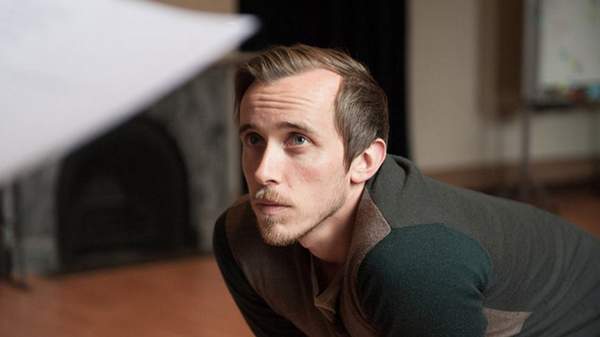Overview
After The Hayloft Project announced they’d be moving from Melbourne to Sydney, some critics suggested the move had more to do with new Artistic Director Benedict Hardie’s own career, rather than a desire to rejuvenate the independent company’s vision. But speaking to Hardie ahead of their final Melbourne premiere, it’s clear that he’s inspired by something less selfish.
“I don’t think I want to be leading a thing all on my own,” he says. “I want to be finding the next generation of young theatremakers — exciting minds who not only enrich my work but who are going to create work of their own under the Hayloft banner.”
Earlier in the year, Hardie co-created and performed in By Their Own Hands, the company’s offering in the MTC’s NEON. The success of this festival of independent theatre involving groups like Hayloft, THE RABBLE and Fraught Outfit showed that Melbourne’s mainstage audiences are hungry for the kind of work erupting from this scene. But at the same time, these companies are forced to balance the often challenging nature of their work with the commercial scale of opportunities like NEON. It might be this kind of situation which prompts Hardie’s belief in the potential that companies like Hayloft represent.
“What I’m always wary of is — what can independent theatre do that commercial theatre doesn’t, or can’t? If independent theatre is simply doing a different version of what’s on at the mainstages, then what’s the point?”
Their new show, Arden V Arden embodies that kind of self-inquiry. For a company that’s built its reputation on adaptations that have almost completely transformed the substance their original texts, like Thyestes and The Nest, the approach in their Melbourne swansong diverges sharply. The source material comes from Arden of Haversham, an Elizabethan play of disputed origin that’s most often attributed to Shakespeare.
“The way the script works is in two discrete halves,” says Hardie. “The first half is an entirely modern adaptation of the play and the second half is the original text.” This distinctive approach, of establishing a world grounded in modern-day Melbourne, before a "tectonic shift” into the language of Elizabethan England, was motivated by a desire to navigate the challenges Hardie perceives with adapting plays from this period.
“In those plays the language is the thing — the characters speak their experience in a very direct and very evocative way, and that’s the best thing about those plays. The plots are usually stolen, or borrowed; it’s the language which is the substance. So in a way, to do an adaptation of Shakespeare is a kind of folly. But this idea of doing a 50/50 mashup suddenly made me feel like we could have our cake and eat it too.”
As for Hardie’s motivations for adapting a work, his reasoning adds a humble perspective to a debate that flared up in Australian theatre this year. “Writing an original play can be a very lonely task. That’s why I love adaptations, because it feels like a collaboration; it might be an unwilling one, because the other playwright might be dead and not know what I’m doing, but it feels like I’m not working on my own.”
Image by Sarah Walker.
